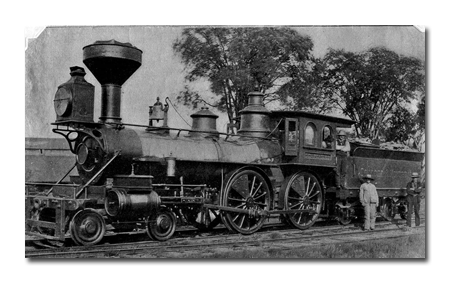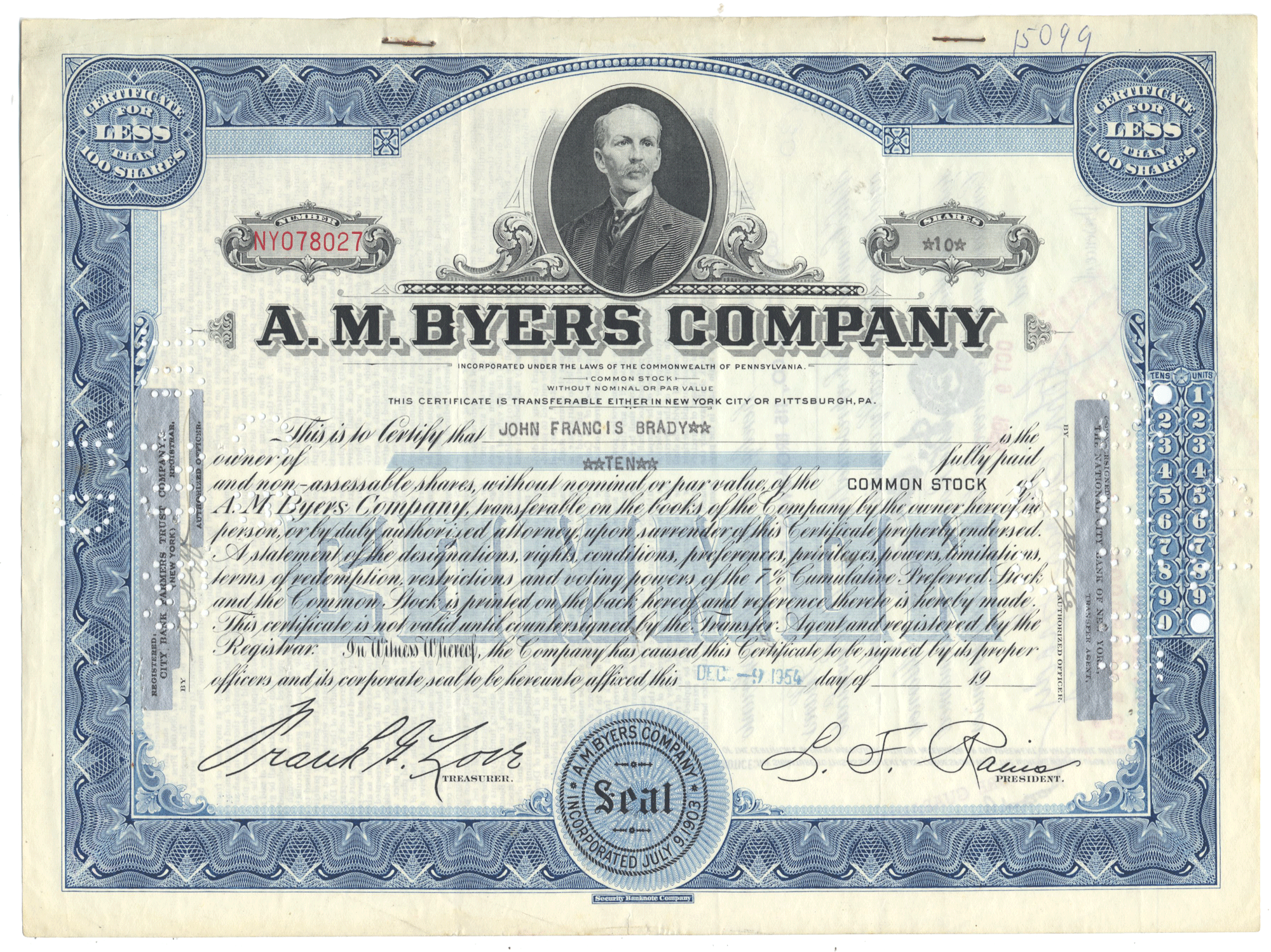
Concord and Montreal Railroad Company
- Guaranteed authentic document
- Orders over $75 ship FREE to U. S. addresses
Product Details
Company
Concord and Montreal Railroad Company
Certificate Type
Capital Stock
Date Issued
May 19, 1916
Canceled
Yes
Printer
American Bank Note Company
Signatures
Hand signed
Approximate Size
10 1/2" (w) by 6 3/4" (h)
Images
Show the exact certificate you will receive
Guaranteed Authentic
Yes
Additional Details
Stub residue at left side border
Historical Context
The Concord & Montreal Railroad system was made by a union of the Concord Railroad with the original Boston, Concord & Montreal Railroad and White Mountains Railroad. This system existed entirely within the State of New Hampshire, and its various parts were among the oldest railroad foundations in the country.

The main line of the Concord Railroad was laid between the cities of Nashua and Concord, including the manufacturing centers, Manchester and Hooksett, and following closely the direction of the Merrimac River for its route. For branches it had the Nashua, Acton & Boston Railroad, connecting Nashua with Acton, in Massachusetts (the only instance of any line of the system-extending outside the borders of New Hampshire); the Suncook Valley Railroad, connecting Hooksett with the rural centre of Barnstead by a line through a beautiful section of farms and fells; the Concord & Portsmouth Railroad, leaving the main line at Manchester and running direct to Portsmouth, on the seacoast, forty-one miles away; and the Manchester & North Weare Railroad, connecting Manchester and North Weare.
North of Concord the lines were of the old Boston, Concord & Montreal Railroad, known as the White Mountains Division of the Concord & Montreal system. The main line of this division was from Concord northward through Tilton, Laconia, Weirs, Plymouth, Woodsville, Littleton, and a host of towns and villages interspersed, to Wing Road, from which point the Trunk Line was said to be divided, one section continuing northward to Groveton Junction, on the Grand Trunk Railway, and the other running directly eastward to Fabyan’s, almost under the very shadow of Mount Washington. The branches of the White Mountains Division were a short spur from Tilton to Belmont near Gilmanton, which will probably be extended to the Iast named point; a line connecting Lake Village (Laconia) with Alton Bay, traversing the entire length of the southern shore of Lake Winnipesaukee; the Pemigewasset Valley Railroad, leaving the main line at Plymouth and running through a semi-mountainous country to North Woodstock, and connecting directly with the Franconia section; the Profile & Franconia Notch Railroad, leading from Bethlehem Junction to Maplewood, Bethlehem, and the Profile House; and the Whitefield & Jefferson Railroad, connecting, the two points indicated in this title by a line running eastward about half-way between the two spurs of the main line, as above set forth. The Concord & Montreal also ran a short line from Fabyan’s across the valley to the base of Mount Washington connecting directly with the famous Mount Washington Railroad.
Related Collections
Additional Information
Certificates carry no value on any of today's financial indexes and no transfer of ownership is implied. All items offered are collectible in nature only. So, you can frame them, but you can't cash them in!
All of our pieces are original - we do not sell reproductions. If you ever find out that one of our pieces is not authentic, you may return it for a full refund of the purchase price and any associated shipping charges.





